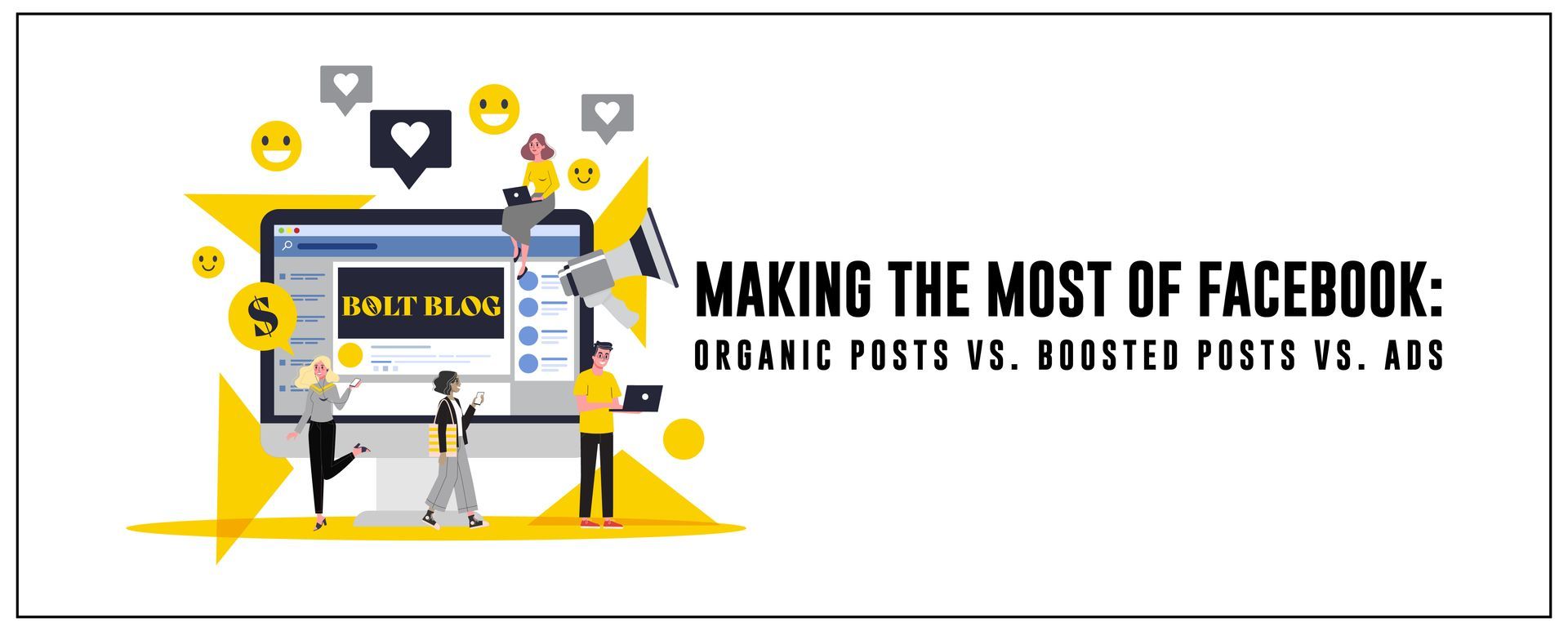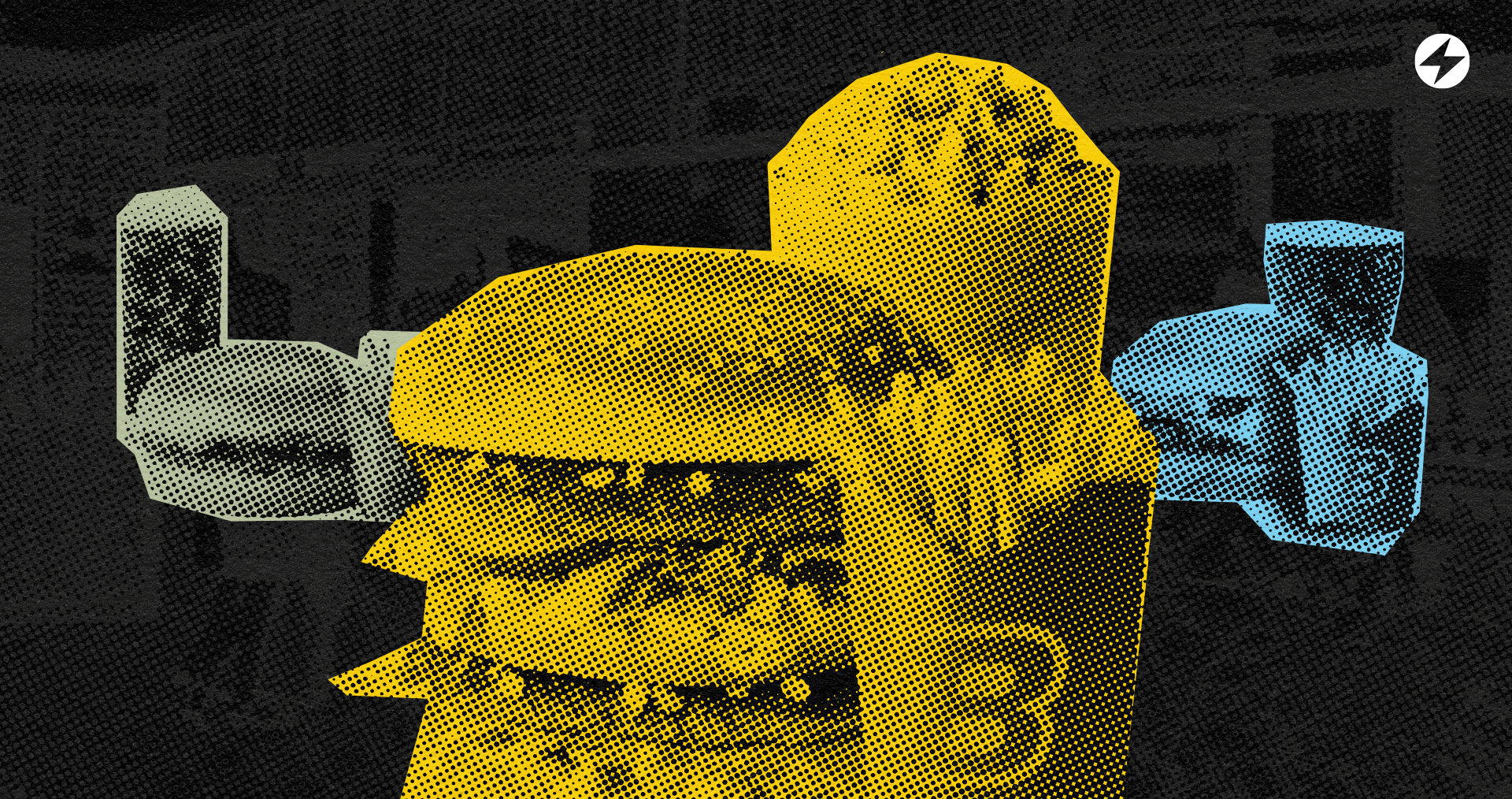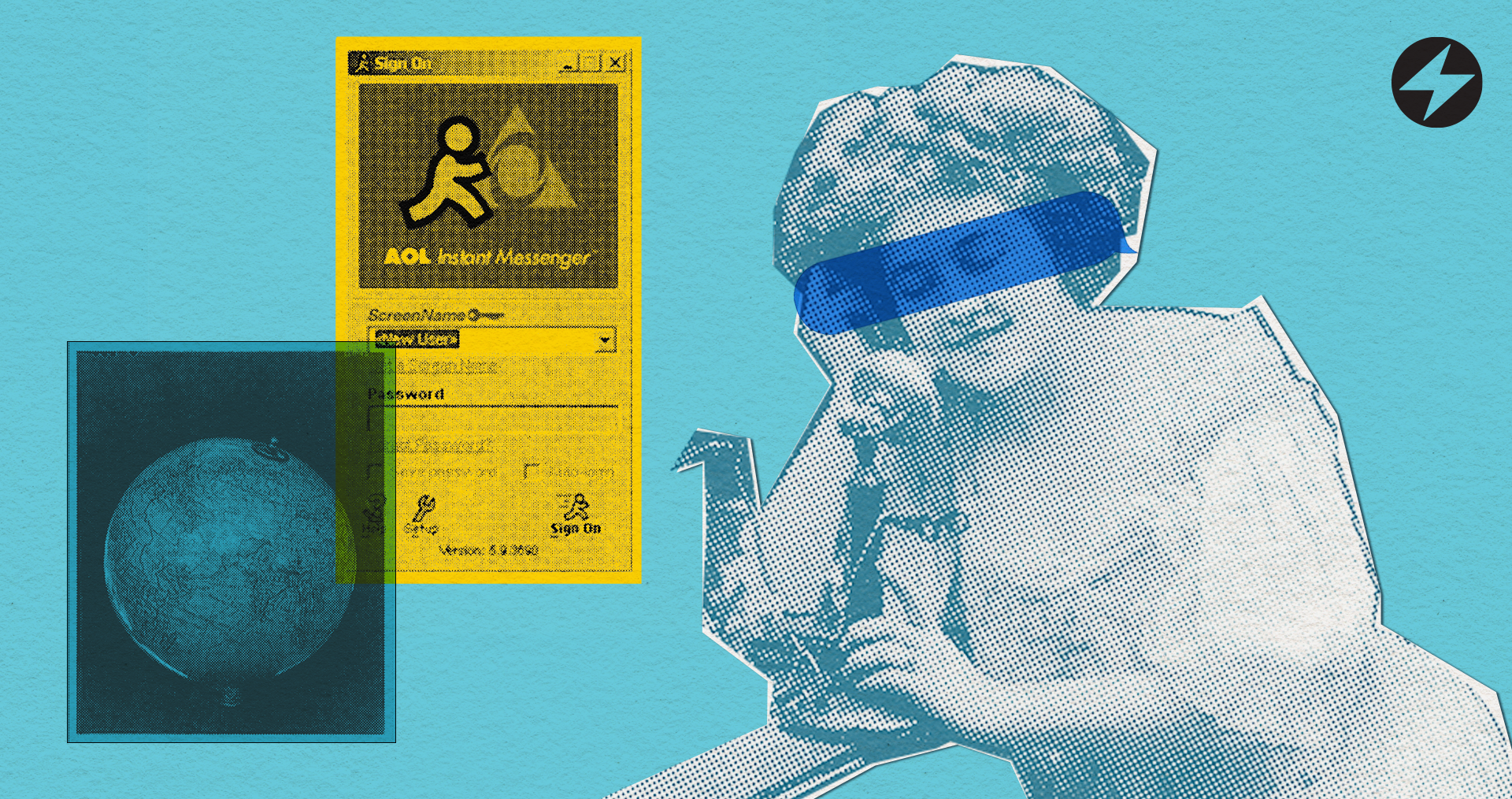Making the Most of Facebook: Organic Posts vs. Boosted Posts vs. Ads
Making the Most of Facebook: Organic Posts vs. Boosted Posts vs. Ads

Everything You Need to Know About Facebook Ads
As a business owner, you know that every dollar spent on advertising counts. You want to ensure that your advertising budget is being used wisely and that you're getting the highest possible return on investment (ROI). With so many options available on Facebook, it can be challenging to know which approach is the best fit for your business. In this article, we'll explore the differences between organic posts, boosted posts, and ads on Facebook and help you decide which approach is right for your business goals and budget. By the end, you'll have a better understanding of how to maximize your ad spend and achieve your marketing objectives.
Let's start by defining what organic posts, boosted posts, and ads are.
What are Organic Posts?
Organic Posts are posts that you create and publish on Facebook. They can be text, photos, videos, or links to external websites.
Organic Posts have a reach of up to 2 million people if you have 100 followers (you can see how many people your organic post reaches here). The more followers you have, the more people will see your organic posts in their newsfeeds.
What are Boosted Posts?
Boosted Posts are a way to promote your organic posts. You can pay to boost your post, which will make it appear higher in the newsfeeds of people who aren't already following your page. Boosting a post will also give it more reach than an organic post would have.
Boosted Posts can be an effective way to get more engagement from people who don't regularly engage with your content or brand--but they're not always worth the money spent on them. If you're just starting out on Facebook and don't have much money to spend on ads yet, boosting all of your organic posts may not be worth it because there's no guarantee that they'll perform well enough for their cost-per-click (CPC) or cost per thousand impressions (CPM).
What are Ads?
Ads are a more robust option for advertising on Facebook. An ad does not have to be a post that's on your Facebook page and offers you placements you can only get with ads, such as carousel or collection ads. Facebook ads can be targeted based on a variety of factors, including location, demographics, interests, behaviors, and more. This allows businesses to create highly personalized ads that are more likely to resonate with their target audience and drive conversions. With a wide range of ad formats available, including image ads, video ads, carousel ads, and more, Facebook ads provide businesses with a flexible and effective way to reach their marketing goals.
Best Practices for Organic Posts
- Optimize your organic posts. Your main goal is to entertain and inform your current followers. Get creative with videos, images, and captions for more engaging posts.
- Engaging with your audience is key to a successful campaign. You can do this by asking questions, providing value, and responding to comments.
- Test different types of content to see what performs best for your audience.
- Remember this is a free option, so keep your expectations low.
Best Practices for Boosted Posts
If you're going to boost a post, here are some best practices:
- Optimize your content. You can do this by making sure that the image and title of your post are relevant and engaging. This will help people see it in their feed and click on it, which will increase its reach.
- Target the right audience for your business or product. If you're trying to sell something, target people who have shown interest in similar products in the past (e.g., if someone has liked another company's page before). If you want more engagement from friends rather than strangers on Facebook, then select an audience based on friend lists or groups instead of location or age range alone--but keep in mind that targeting too narrowly may exclude potential customers!
- Don't boost every post. Not every post makes an ideal boosted post. Make sure the posts you boost are relevant to the audience you are targeting and are on brand.
- If you have less than $10 a day to spend on ads, we recommend you stick with Boosted Posts.
Best Practices for Ads
Facebook ads are a great way to promote your business and increase sales. You can use them to target specific audiences, including people who have already visited your website or app. If you're considering running ads on Facebook, here are some best practices for getting started:
- Optimize content: When creating an ad campaign, make sure that the copy is clear and concise so that it resonates with potential customers. It's also important that images used in ads are eye-catching and relevant for the product being sold--this means using high-quality images that look professional rather than amateurish snapshots taken from smartphones!
- Targeting Audience: It's important not just because it allows us access into targeted groups but also because it allows us insight into how many people see our content when we publish something new (e., "reach"). This helps us understand whether or not there's enough interest among those who follow our page/page post before investing more time into creating more content-related topics like this one!
- Select the right objective based on your goals. Facebook ads offer a variety of objectives to help reach your goals. If you're an online retailer, try using conversion campaigns to increase sales. If you're a music venue, try brand awareness ads to get your ad out to as many people as possible.
- Budget consideration, a minimum budget of $10 a day per campaign is ideal. When you're ready to level up your ad dollars, try running multiple campaigns for a full-funnel approach.
Conclusion
All of these options have a place in your marketing plan, but using them effectively is key. Starting with organic posts and gradually moving on to boosted posts is a great way to test the waters and find what works best for your brand. And when you're ready to take your advertising to the next level, Facebook ads can be an incredibly powerful tool. By using these strategies and constantly analyzing your results, you can create a marketing plan that resonates with your audience and drives real business results. Remember, success doesn't happen overnight, but with dedication and patience, you can achieve your marketing goals and take your brand to new heights.














